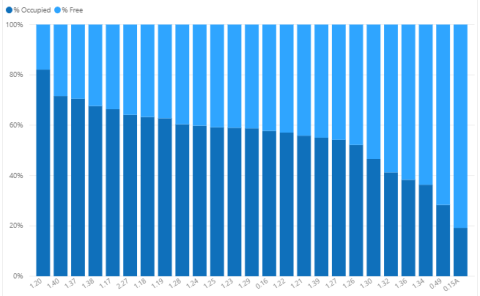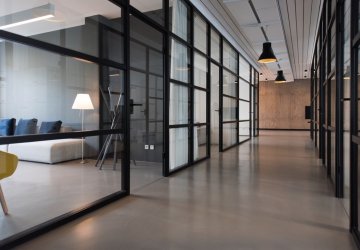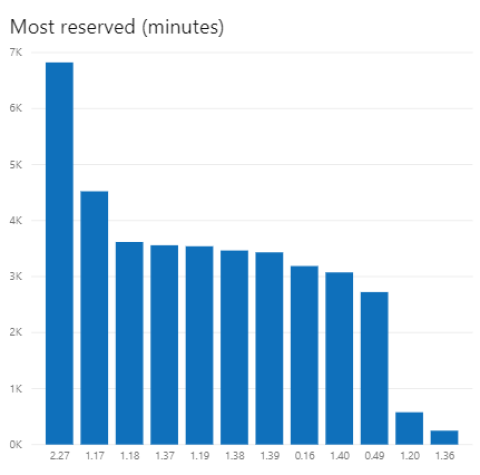“To measure is to know” (meten is weten) is an old Dutch proverb that sounds like a statement that leaves little room for doubt. In the age of the Internet of Things, we measure more than ever and so it means our knowledge will increase, right?
Two years ago, at Planon headquarters in Nijmegen, the Netherlands, the offices were equipped with sensors to measure the actual occupancy of the meeting rooms as we implemented our own software solution for agile workplace management. When a meeting room is reserved, but people don’t show up, or leave early, the reservation is cancelled or shortened and so the room is available for reservations again.
As Product Manager, I needed a data set to see what Planon Connect for Analytics could bring to a facility manager that wants to support his decisions with real data, and our own reservation system seemed a good first use case.
The first chart shows the analysis of the real occupancy of the meeting rooms. Room 1.20 is the most occupied meeting room.
That raised some eyebrows, I must admit…It’s not a very nice meeting room: it’s got no windows, it’s close to the office kitchen so it’s noisy, and it doesn’t have it’s own climate controls so it’s often too hot or too cold. So how could this room be the most popular?
Figure 1 location of room 1.20
Then I looked at the amount of time the meeting rooms were reserved in the system. Room 2.27 topped the charts, followed by 1.17 and room 1.20 is almost at the bottom of the list!
Now, this is my data. To measure it is to know it. If I’d given this dataset to our UK colleagues, they wouldn’t be able to explain this.
But when I showed this data to my Planon colleagues who work on the first floor, they all knew exactly what was going on.
- “It’s because we make phone calls in there.”
- “If I need a quick quiet word with a colleague, I always go there.”
Our first floor is an open-plan office with flexible workplaces. Room 1.20 has glass walls and the location of 1.20 near the kitchen means people can see if it’s free or not and so it’s used for those moments that require a bit of privacy or quiet.
Data is meaningless if you don’t know the context of your data. Planon’s IWMS already provides a lot of context, but it’s the facility manager that can interpret that and draw the right conclusions. Planon’s facility manager already promised that our second headquarters building that will be opened later this year will contain a better balance between the open-plan office and private workspaces. The data will help us get it right.




